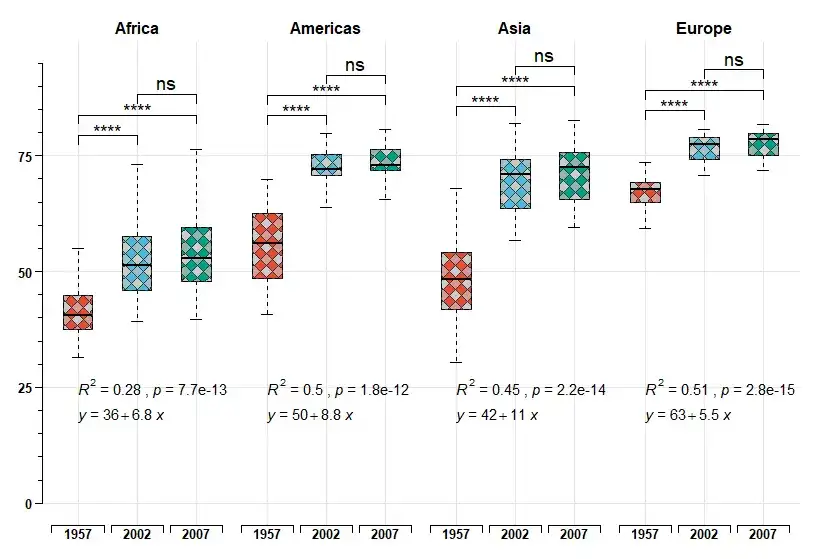Hardware Innovations Fueled the Rise of Distributed Systems in the 2010s
2024-03-01 07:06:44
While the advent of cloud computing revolutionized business models, the underlying force behind this transformation was the rapid evolution of hardware over the past decade. Storage and networking devices have advanced at an even faster pace than CPUs. In the past five years, the price of solid-state drives (SSDs), including PCIe-based options, has plummeted, making them nearly as affordable as hard disk drives (HDDs) when purchased in bulk. The widespread adoption of SSDs has had a profound impact on data storage, enabling faster data processing and reducing latency.
In the early 2010s, the cost of SSDs was still prohibitively high, limiting their use to specialized applications. However, as manufacturing processes matured and economies of scale came into play, SSD prices began to decline rapidly. By the mid-2010s, SSDs had become a cost-effective option for many businesses and consumers alike.
The performance benefits of SSDs over HDDs are undeniable. SSDs have no moving parts, which makes them more durable and less likely to fail. They also offer significantly faster read and write speeds, which can improve the performance of any application that relies on data access.
The impact of SSDs on distributed systems has been particularly profound. Distributed systems are typically composed of multiple computers that are connected over a network. These computers work together to store and process data, and they rely on fast and reliable storage to maintain performance.
Before the advent of SSDs, distributed systems were often limited by the performance of their storage subsystems. HDDs have relatively slow read and write speeds, and they are susceptible to mechanical failure. This could lead to performance bottlenecks and data loss.
SSDs have eliminated these bottlenecks. With their blazing-fast speeds and high reliability, SSDs have enabled distributed systems to scale to new heights. Businesses can now store and process massive amounts of data more efficiently and reliably than ever before.
The evolution of hardware in the 2010s has not been limited to SSDs. Networking devices have also seen significant advancements, with the widespread adoption of 10 Gigabit Ethernet and faster network interfaces. This has enabled distributed systems to communicate with each other more quickly and efficiently, further improving performance.
The combination of faster storage and networking devices has made distributed systems a viable option for a wide range of applications. In the past, distributed systems were often too slow and unreliable for mission-critical applications. However, with the advances of the 2010s, distributed systems are now a reliable and scalable solution for even the most demanding workloads.





